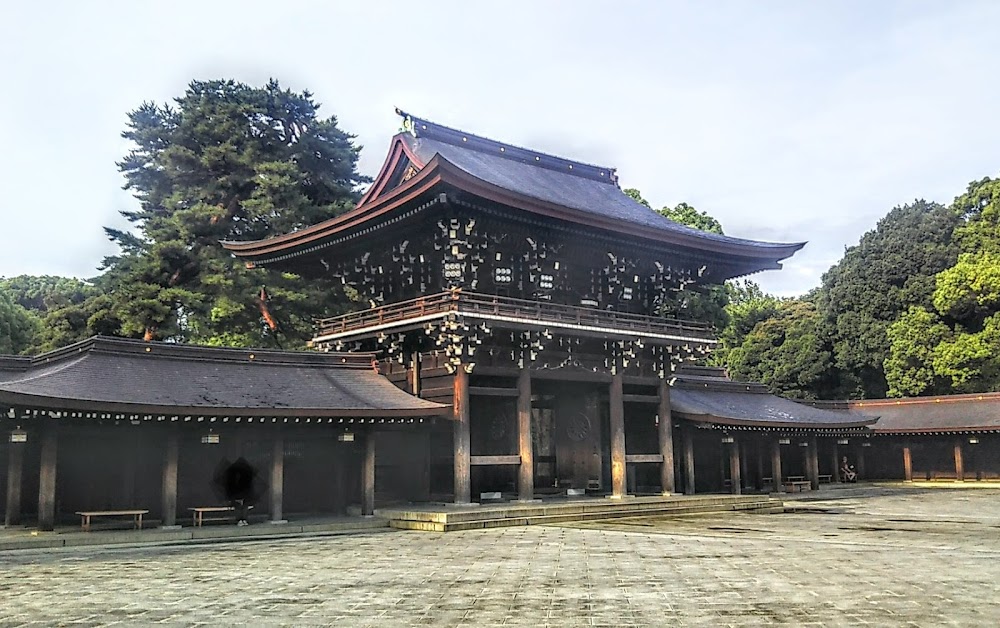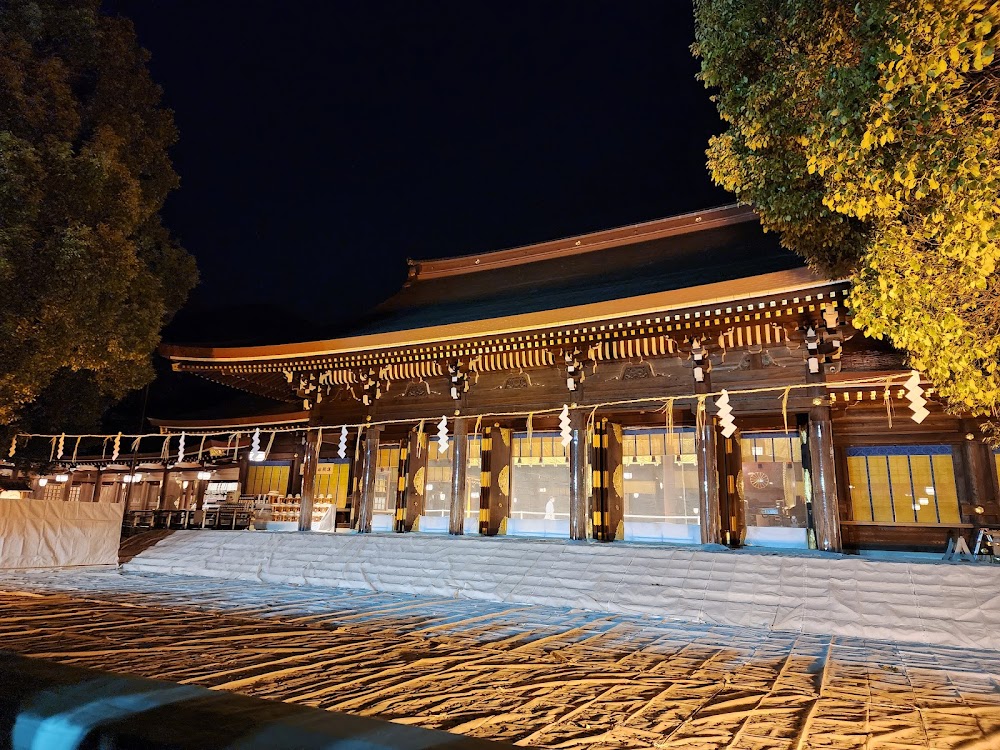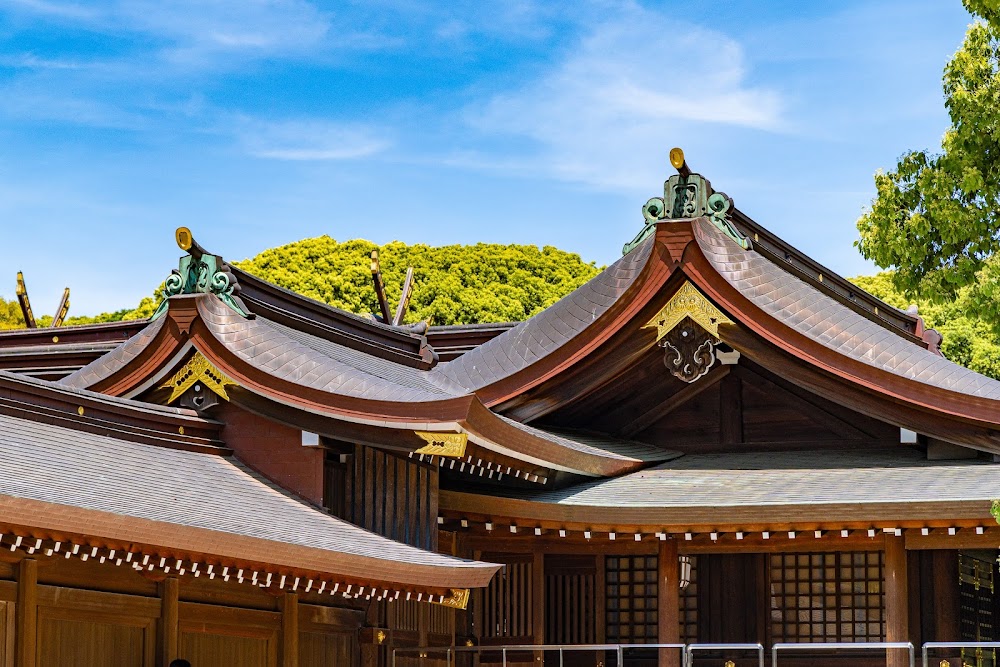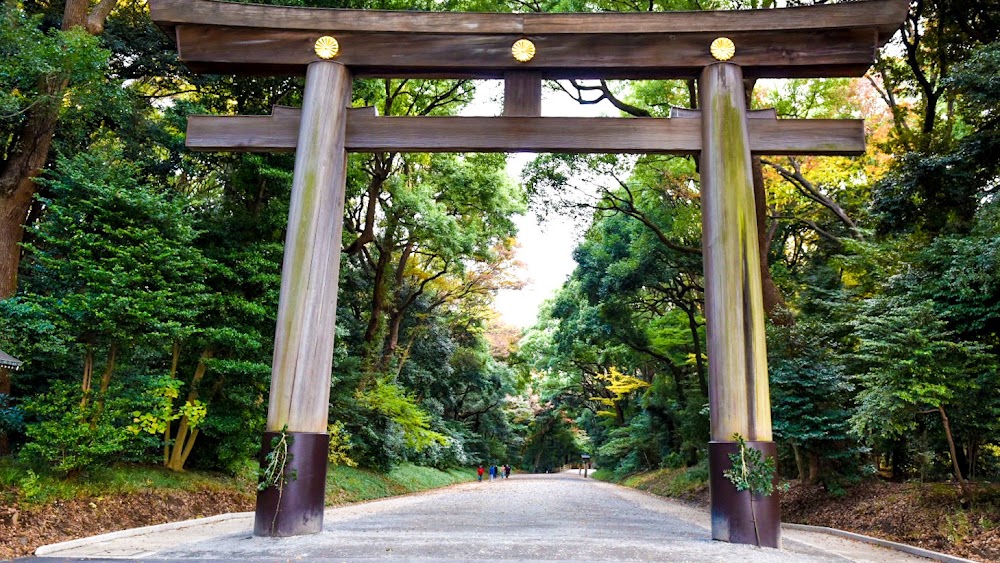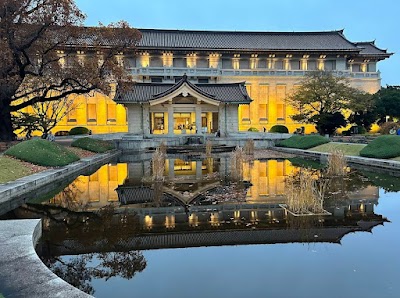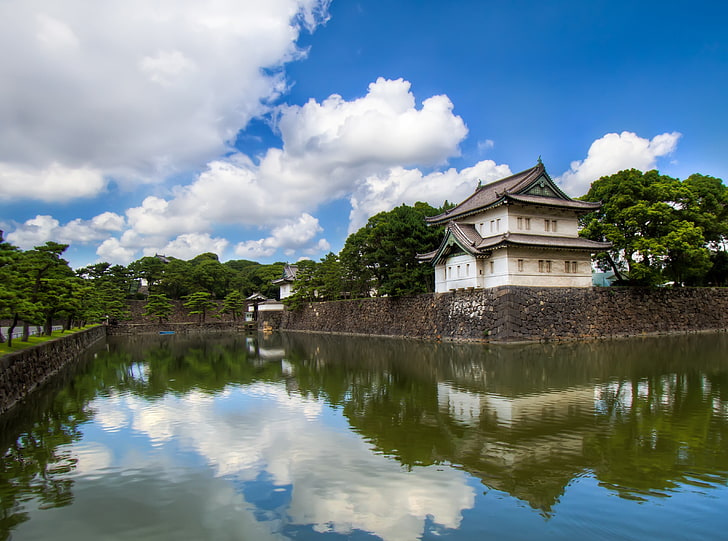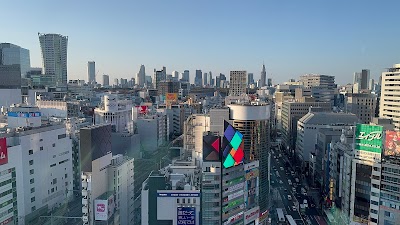Meiji Shrine (明治神宮)
Overview
Meiji Jingu, or Meiji Shrine, is a stunning Shinto shrine nestled in the vibrant city of Tokyo, Japan. This tranquil oasis was established to honor the legacy of Emperor Meiji and Empress Shoken, who played pivotal roles in Japan's modernization during the transformative Meiji Restoration.
The conception of the shrine began shortly after the death of Emperor Meiji in 1912, followed by Empress Shoken in 1914. In tribute to their profound contributions, a national initiative was launched to create this sacred space. Construction commenced in 1915 and reached completion in 1920, marking a significant milestone in Japan's cultural landscape.
To source the materials for this grand endeavor, a nationwide campaign was initiated, resulting in over 100,000 trees being generously donated from across Japan and even from international locations. This effort has culminated in a lush forest surrounding the shrine, which now spans more than 170 acres and features around 120,000 trees, allowing visitors to experience a peaceful retreat amid Tokyo's bustling atmosphere.
The main structures of Meiji Jingu were crafted by some of Japan’s most skilled carpenters, who employed traditional techniques. The wooden components were intentionally left untreated to allow them to weather naturally, blending seamlessly with the surrounding forest. At the heart of the shrine complex lies the Naien, the inner precinct, which houses the shrine itself. Within the Naien is the main hall (Honden), where the spirits of Emperor Meiji and Empress Shoken are enshrined, creating a sacred space for reflection and reverence.
Adjacent to the Naien is the Gaien, the outer precinct. This area is home to the Meiji Memorial Picture Gallery, showcasing murals that illustrate significant events in the lives of the Emperor and Empress. The Gaien also features sports facilities, including the renowned Meiji Jingu Stadium, making it a hub for both cultural and athletic activities.
Visitors are welcomed into the shrine grounds through a majestic torii gate, a symbol of transition from the ordinary world to a sacred realm. The scenic pathway leading to the main hall is bordered by towering trees, offering guests a moment of tranquility away from the city's frenetic pace. Throughout the year, countless visitors flock to Meiji Jingu to offer prayers, seek blessings, and partake in seasonal festivals, enriching their connection to Japanese culture.
A notable addition to the shrine is the Meiji Jingu Inner Garden, known as Meiji Jingu Gyoen. This enchanting garden was a beloved retreat for the imperial couple and features a charming teahouse, along with the famous “Kiyomasa’s Well,” a natural spring believed to possess purifying qualities.
Over the years, Meiji Jingu has come to symbolize Japanese culture and serve as a beacon of peace. Although it suffered damage during World War II, the shrine was meticulously restored and continues to hold immense cultural and historical significance. Today, it remains a popular venue for traditional Shinto weddings and attracts millions of visitors annually, especially during the New Year celebrations.
Meiji Jingu stands as a testament to Japan’s enduring respect for its past emperors and the values they embodied. It is not only a magnificent example of architectural beauty but also a harmonious blend of history and nature, inviting all who visit to reflect on Japan's rich heritage.


